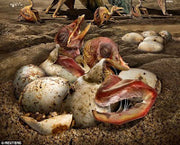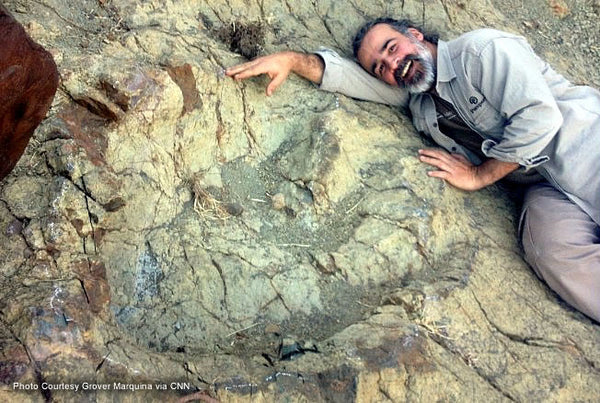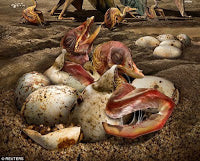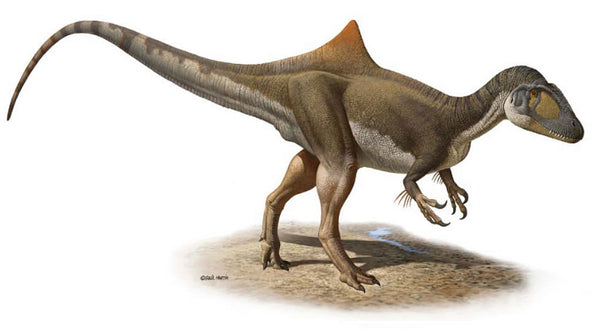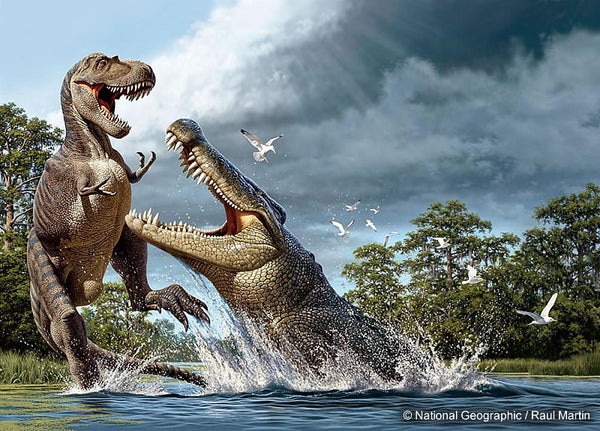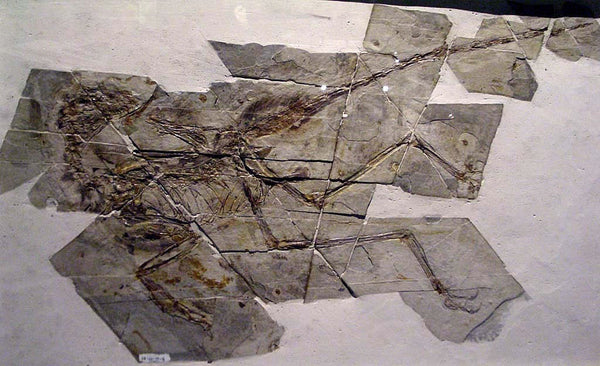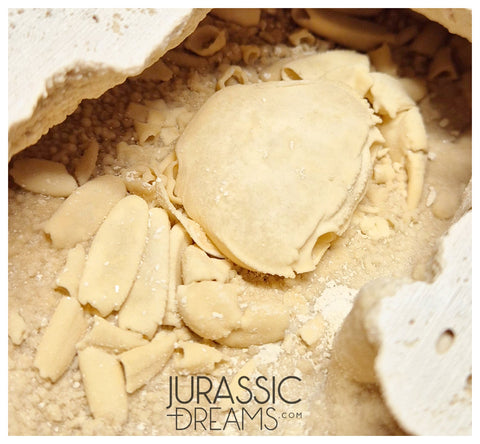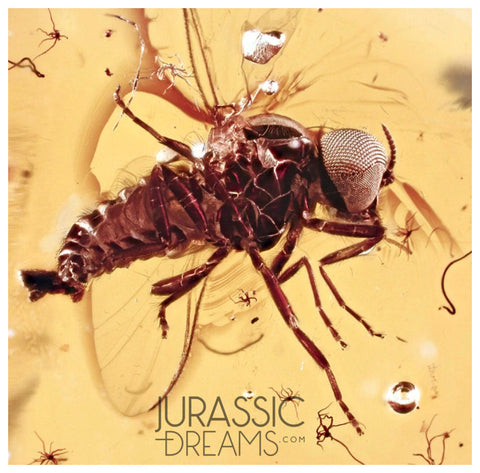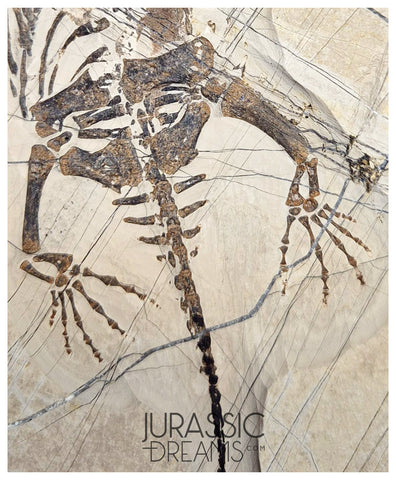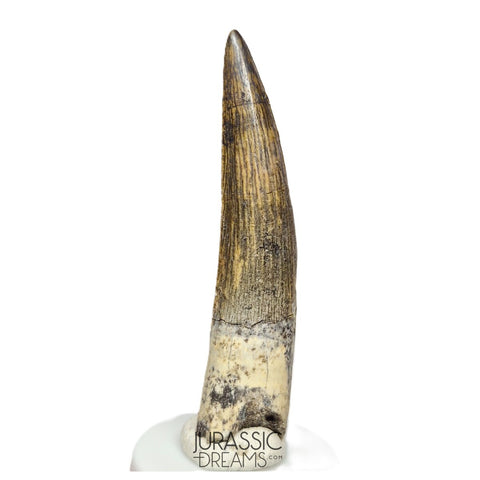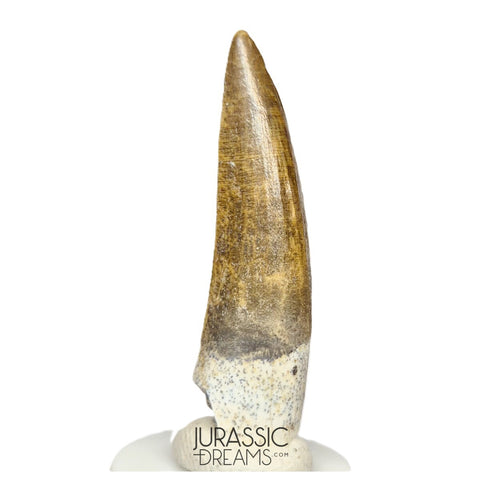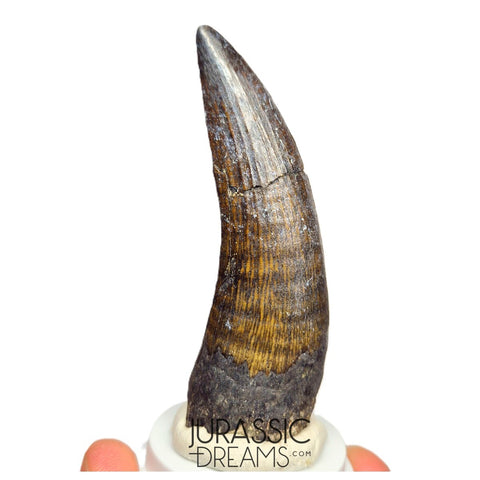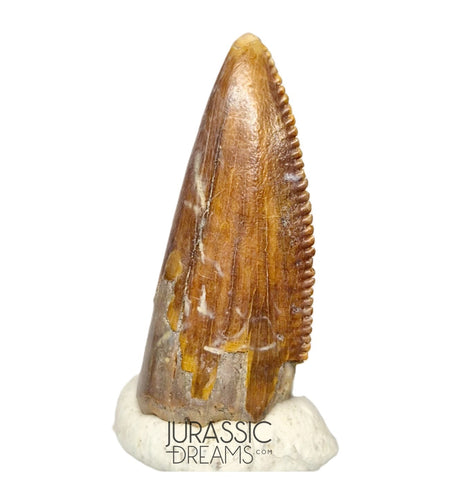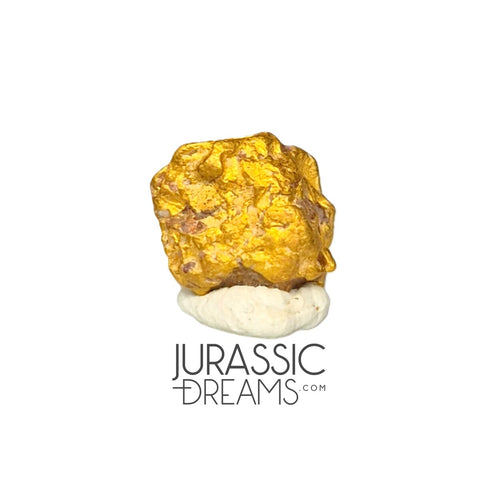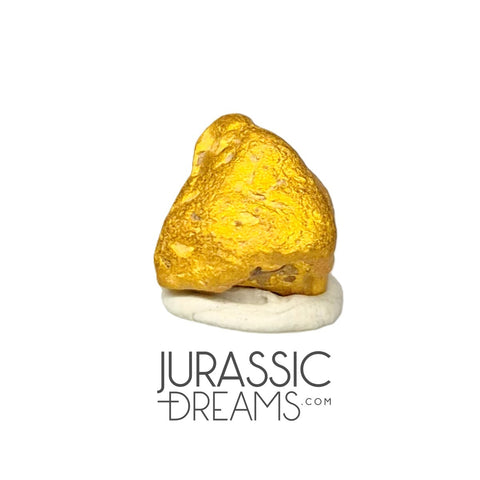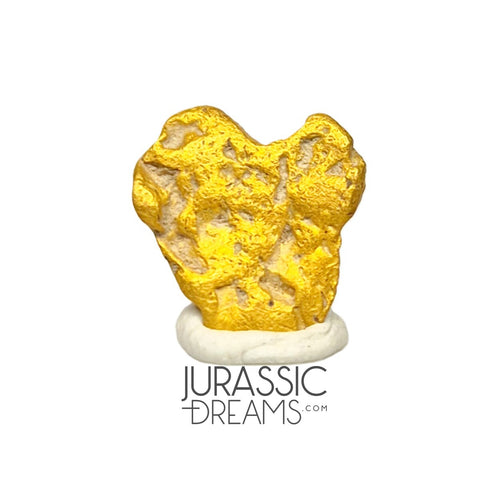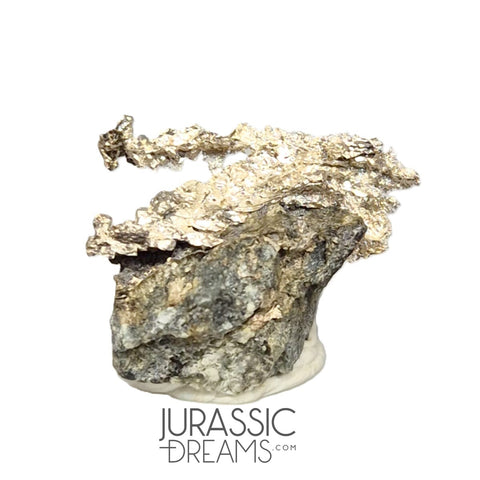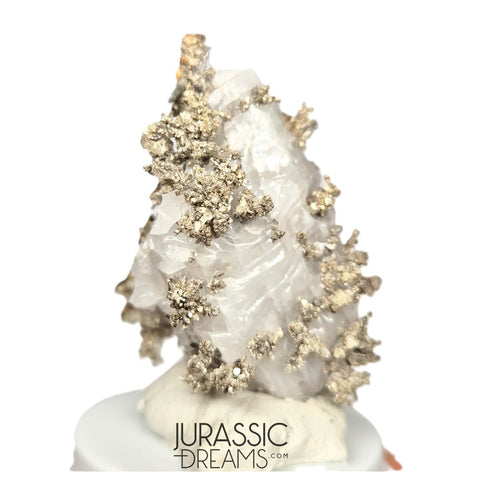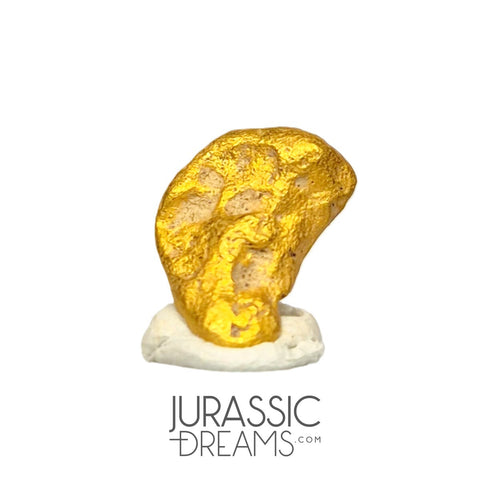dinosaur RSS
The Largest Footprint of a Carnivorous Dinosaur
The Earth shook beneath its feet and it stalked stealthily its preys near the watering holes. There, at the soft wetlands were marked its tridactyl footprints. There are not many big ichnites of the mega predators of those times, and its tracks are shy. Some of these footprints have been attributed to the Tyrannosaurus rex, due both to their size and their age. However, a new footprint discovered in Bolivia puts on the Cretaceous map a new titan 80 million years old (footprint picture in the image at the top). It lived before the Tyrannosaurus rex and it was bigger....
Discovered more than 200 Pterosaurian Eggs
Ilustration of Hamipterus offspring 100 million years ago a great storm buried a large set of nests with eggs of pterosaurs, flying reptiles that lived next to the dinosaurs. Some adults also perished with the eggs, perhaps in a last effort to save their offspring about to be born. Their parents did not achieve their mission and their fossils have been discovered in China, in a site that sheds light on the reproduction of these animals. We already knew that the pterosaurs laid eggs, because their fossils, although scarce, proved it. Some fossilised embryos had even been discovered in...
Spain's Most Complete Dinosaur
This gem was found in the quarry of Las Hoyas, Cuenca. We should speak shortly about that quarry, because there is still a lot to tell about it. It is a Barremian (early Cretaceous) site with an extraordinary fossil Lagerstätte. The preservation of the dinosaur fossils there is exceptional due to a series of convenient factors. It was discovered in the 80s and every summer there are organized Paleontology excavations. The hallmark of the dinosaurs found at Las Hoyas is their morphologic peculiarity, besides their excellent preservation. The name of this dinosaur gives us hints about this morphology: Concavenator corcovatus, "the hunchback...
The Biggest Prehistoric Crocodile
Depending on who you ask, the answer is different. Unfortunately, giant prehistoric crocodiles' fossils aren't found complete, and only isolated parts of the skeleton and fragments form this puzzle. For the time being, we are sure about three species competing for the top on this peculiar ranking. Deinosuchus Depicted in the front picture, it lived 75 millions of years ago, at the end of the Cretaceous. It's important to note that actually it's not a crocodile, as it's kin to the American alligators. It has a broad, robust mouth, which allowed this species turn on itself to dismember the meat of...
The Venomous Dinosaur
The picture above is a Sinornithosaurus millenii displayed in the Hong Kong Science Museum. Photo by Laikayiu. Nowadays it's not rare to see drawings or mock-ups of dinosaurs with feathers, but when the Sinornithosaurus was discovered in 1999, it was only the fifth dinosaur species which was discovered with fossilized feathers. Sinornithosaurus' fossil detail The sites in China have only grown their lists of feathered dinosaurs since then. The explanation is simple: the sediments that conserved the fossils had an exceptional quality. So much that even the finest details have been fossilized. The feathers can be studied with great detail, and the Sinornithosaurus...
Tags
-
albertosaurus
anecdote
biggest
Bolivia
brain
Camarasaurus
coelacanth
complete
concavenator
Concavenator corcovatus
corcovatus
cranium
Cretaceous
crocodile
Crocodylomorpha
cuenca
curiosities
curiosity
death roll
deinosuchus
dinosaur
dinosaur teeth
dinosaurs
discoveries
ebook
Eggs
Elasmosaur
enamel
fakes
feathers
fish
footprint
forgeries
fossil
fossil fakes
fossils
free guide
genuine fossils
Grover Marquina
guide
Hong Kong
ichnite
identify fakes
imperator
las hoyas
Latimeria chalumnae
Latimeria menadoensis
mawsonia
meteorites
mineral
Miocene
Montana
new dinosaur
New Mexico
new species
paleontologists
paleontology
pdf guide
Plesiosaur
poisonous
prehistoric
pterosaur
purussaurus
roars
sarcosuchus
show
Sinornithosaurus
Sinornithosaurus millenii
sounds
spain
Sucre
theropod
tucson
Tyrannosaurus rex
venomous
Zarafasaura oceanis
Recent Posts
- JURASSIC DREAMS will be present at the Tucson Mineral & Fossil Marketplace Jan 28 to Feb 11 - 2023

- Dinosaur Teeth With Almost Unreal Colors: Why?
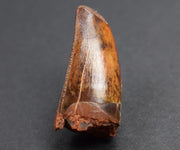
- The Largest Footprint of a Carnivorous Dinosaur
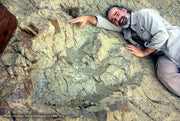
- JURASSIC DREAMS will be present at the Tucson Arizona Mineral & Fossil Show Jan-Feb 2020
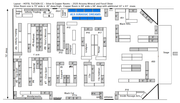
- Discovered more than 200 Pterosaurian Eggs
